استكشف التاريخ النوبي الرائع والحضارة الإنسانية الأولى
علم الآثار, عصور ما قبل التاريخ, التاريخ القديم, مملكة كوش, حكام النوبة, نوبة القرون الوسطى, التاريخ الحديث, قضية النوبة
علم الآثار, عصور ما قبل التاريخ, التاريخ القديم, مملكة كوش, حكام النوبة, نوبة القرون الوسطى, التاريخ الحديث, قضية النوبة
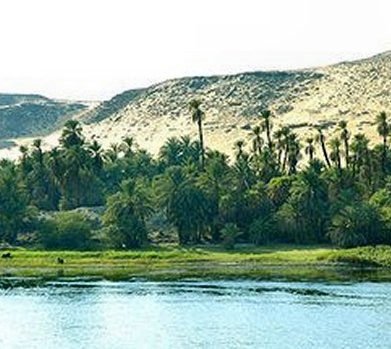
Fertile silt deposits on the banks of the Nile
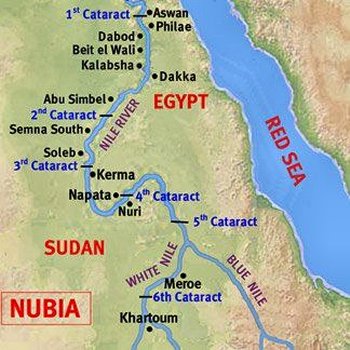
Map of Nubia
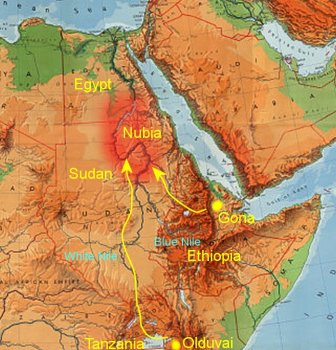
Homo Erectus (upright standing man) migrating North into Nubia
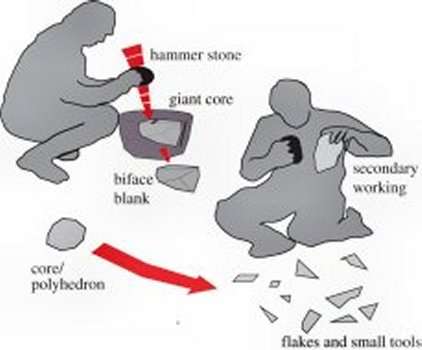
Oldowan stone knapping technique

Homo Erectus making Oldowan tools
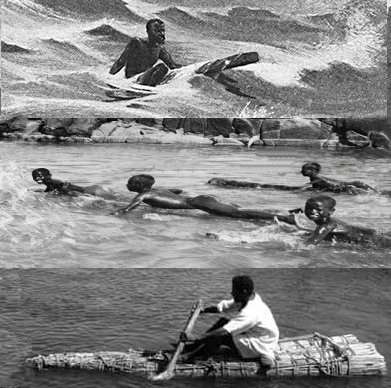
Nubian on raft negotiating rapids, children sliding and raft at Semna Cataract
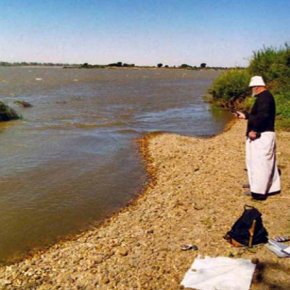
Archaeologist Mathieu Honegger at Kaddanarti site

Badin island
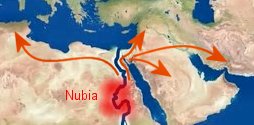
First migration out of Africa
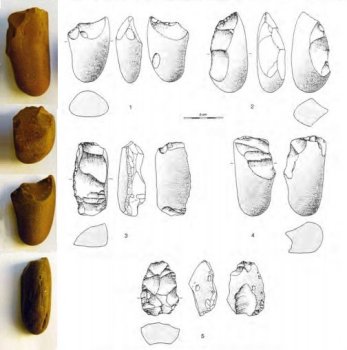
Oldowan tools found at Kaddanarti

Men butchering a hunted animal
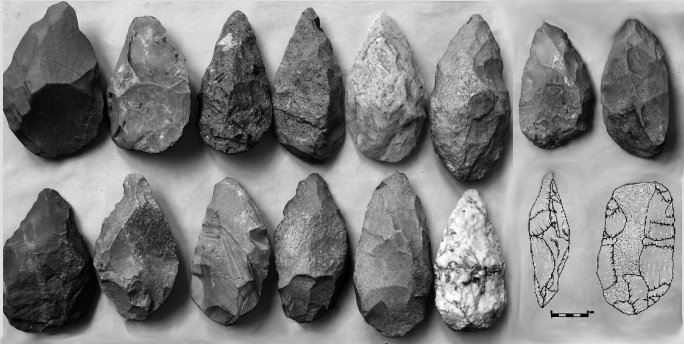
Acheulean hand axes - Photo A. Nasser
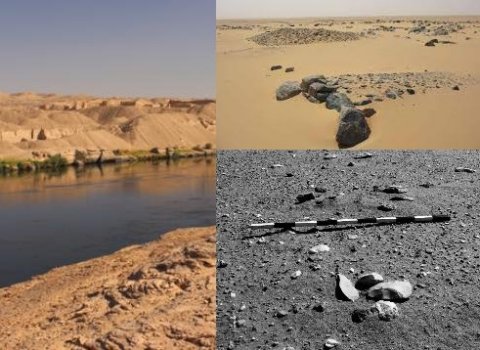
Stone Age tool quarries - Jebel Al Silsile (Aswan), Western desert and Wadi Halfa
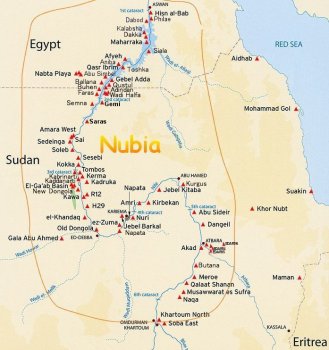
Map of the main archaeological sites in Lower and Upper Nubia
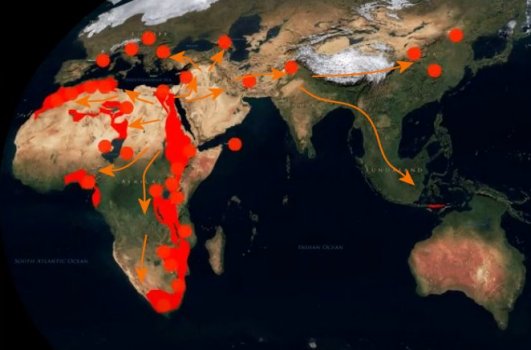
Migrations and spread of Acheulean

Levallois tools from the Affad site, Upper Nubia (Photo M. Osypińska)
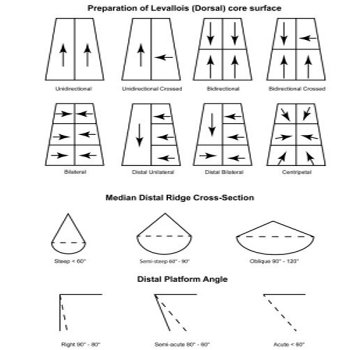
Levallois stone knapping technology
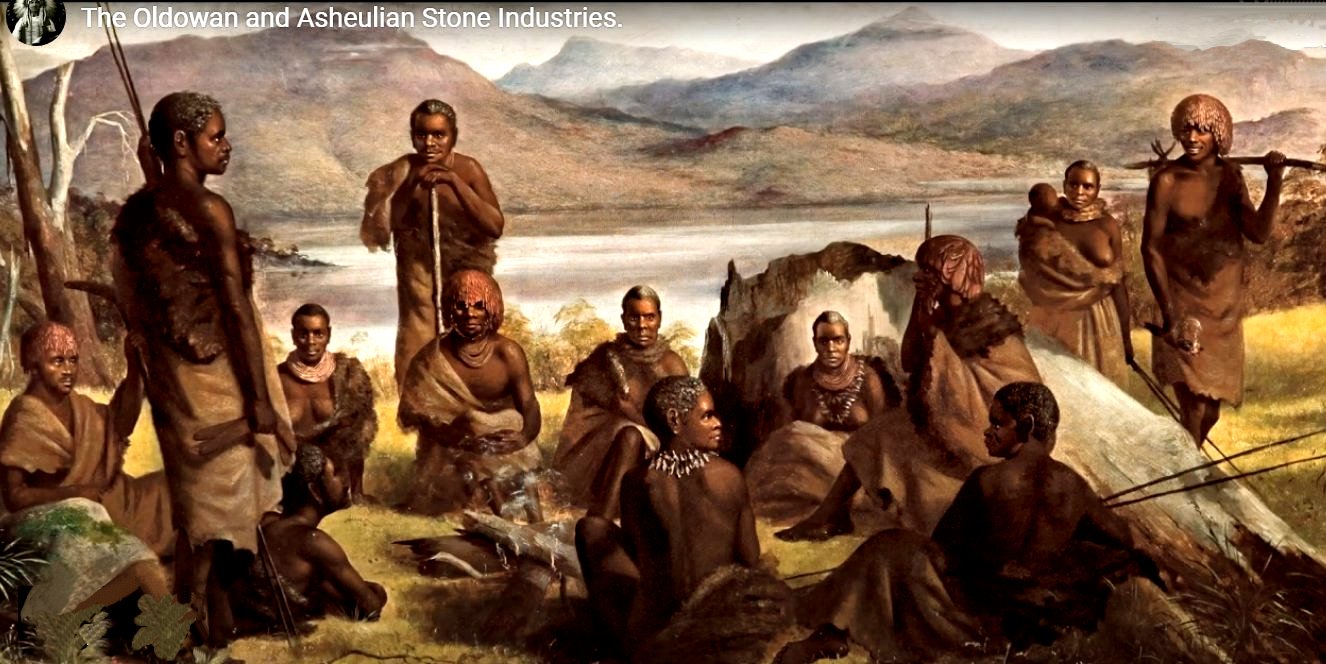
Homo Sapiens society
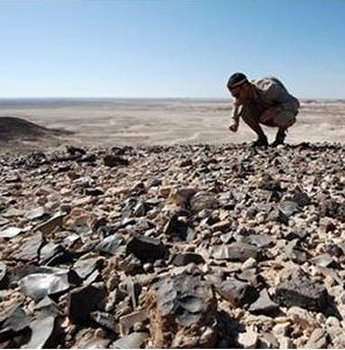
Paleontologist examines a Middle Stone Age tool workshop in Upper Nubia
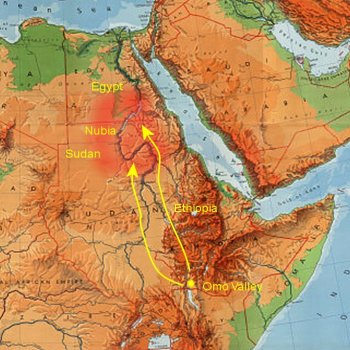
Homo Sapiens spread into Nubia
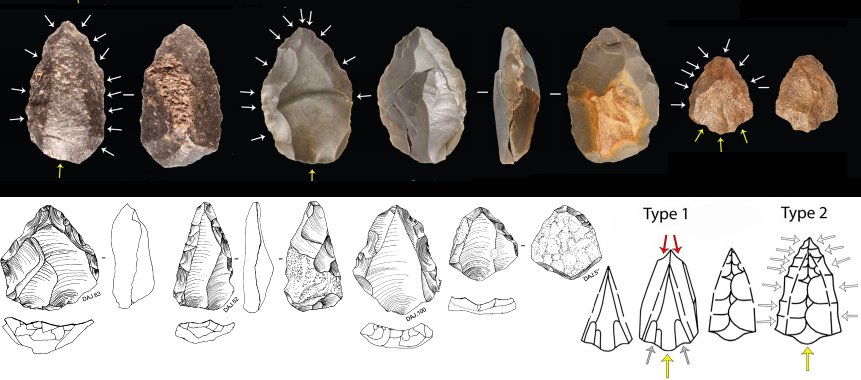
Nubian Complex tools and the direction in which they were hit with a hammer stone
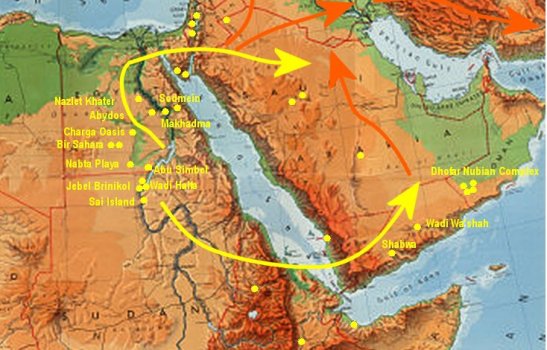
Nubian Complex sites
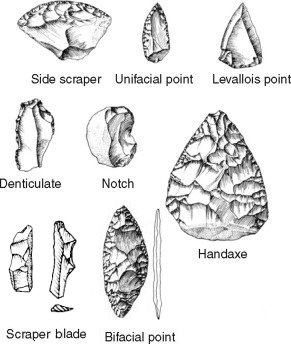
Mousterian tools
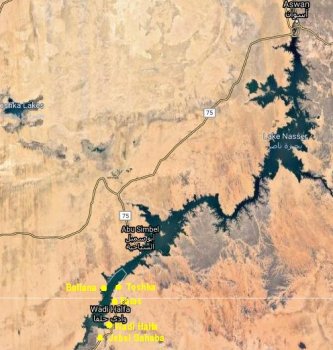
Mousterian sites in the Nubian Nile Valley
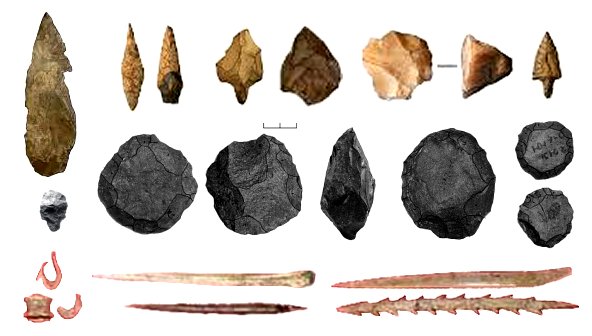
Khormusan tools from various materials for different purposes
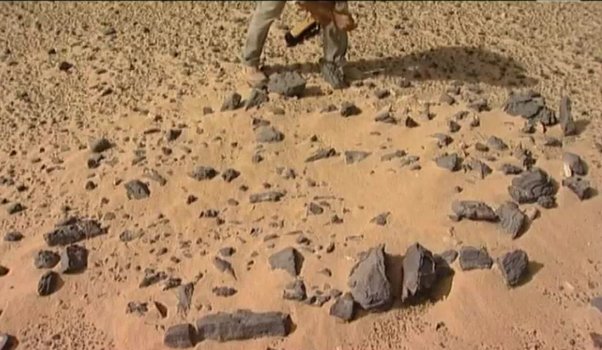
Foundations of a mesolithic habitation
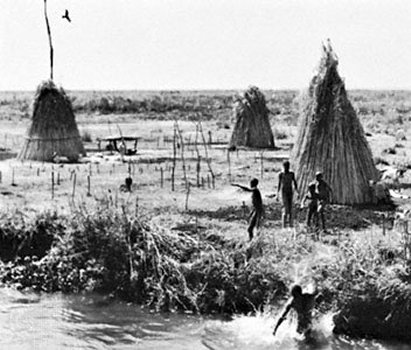
Hut like the ones which may have been inhabited by humans living in the Nubian Nile Valley
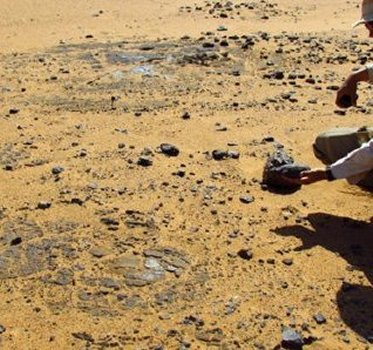
70'000 years old village at Affad site near Dongola

Mesolithic hunters butchering their prey

Mesolithic fisher
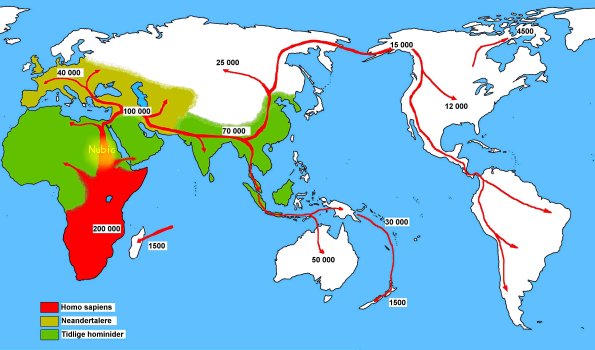
Migration of modern humans out of Africa and spread into the World

مقدمة إلى موقع كادانارتي من العصر الحجري القديم بواسطة عالم الأحافير ماتيو هونيجر
Introduction into the paleolithic site of Kaddanarti by Paleontologist Mathieu Honegger
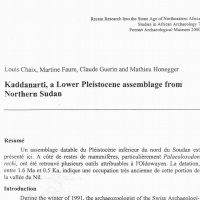
Study of the Kaddanarti prehistoric site by L. Chaix, M. Faure, C. Gherin and M. Honegger
دراسة موقع كادانارتي لما قبل التاريخ بواسطة L. Chaix و M. Faure و C.Gherin و M. Honegger

The Oldowan in the Egyptian Nile Valley - by A. Bakry, A. Saied, D. Ibrahim
أولدوان في وادي النيل المصري - بقلم أ بكري ، أ. سعيد ، د. إبراهيم

One of the first human civilizations might have been in the Nile Valley around 700'000 years ago, if not earlier.
ربما كانت إحدى الحضارات الإنسانية الأولى في وادي النيل منذ حوالي 700000 عام ، إن لم يكن قبل ذلك.
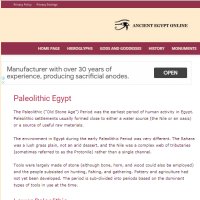
Paleolithic Egypt - Ancient Egypt Online - by J. Hill
Ancient Egypt Online Ancient Egypt Online مصر القديمة - موقع

Paleolithic stone tools of El Ga'ab depression - by Ahmed Nasser
أدوات حجرية من العصر الحجري القديم لمنخفض الجعب - أحمد ناصر
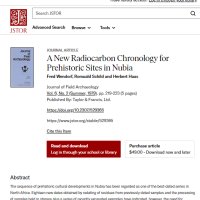
تسلسل زمني جديد للكربون المشع لمواقع ما قبل التاريخ في النوبة - بقلم F. Wendorf و R. Schild و H. Haas
A new radiocarbon chronology for prehistoric sites in Nubia - by F. Wendorf, R. Schild and H. Haas
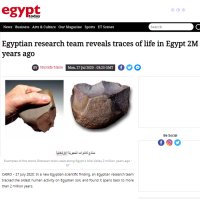
Egyptian research team reveals traces of life in Egypt 2 million years ago - by Mustafa Marie
فريق بحث مصري يكشف عن آثار الحياة في مصر قبل مليوني عام - بقلم مصطفى ماري

Large cutting tools variations of early Sudan paleolithic from Jebel ElGrain - by Ahmed Nasser
أختلافات كبيرة في أدوات القطع من العصر الحجري القديم للسودان من جبل القرين - بقلم أحمد ناصر
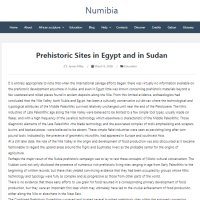
Prehistoric sites in Egypt and Sudan - by James Mika
مواقع ما قبل التاريخ في مصر والسودان
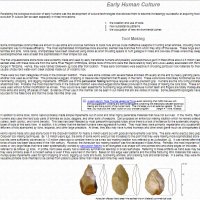
Early human culture - by Dennis O'Neil
الثقافة البشرية المبكرة - بقلم دينيس أونيل

Khor Abu Anga and Magendohli - Stone Age sites on the Sudanese Nlie - by Roy L. Carlson
خور أبو عنجة وماجيندولي - مواقع العصر الحجري على نهر نيلي السوداني - بقلم روي إل كارلسون
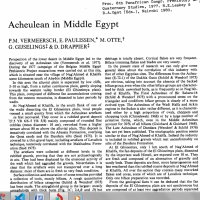
تسلسل زمني جديد للكربون المشع لمواقع ما قبل التاريخ في النوبة - بقلم F. Wendorf و R. Schild و H. Haas
Acheaulean in Middle Egypt - Site close to Arkin - by P. Vermeersch

A paleolithic assemblage from Nubia and its cultural relationships - by D.L. Wallsmith
مجموعة من العصر الحجري القديم من النوبة وعلاقاتها الثقافية - D.L. Wallsmith

Pleistocene history of the Nile in Nubia - by Julian Rzoska
تاريخ العصر البليستوسيني لنهر النيل في النوبة - جوليان رزوسكا
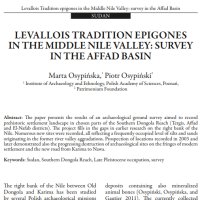
Levallois in the Middle Nile Valley: Survey in the Affad basin - M. Osypinska, P. Osypinski
لوفالوا في وادي النيل الأوسط: مسح في حوض أفاد

Paleolithic cultures, overview - Archaeology of ancient Egypt - what-when-how
ثقافات العصر الحجري القديم ، نظرة عامة - علم آثار مصر القديمة

First results of a Middle Stone Age survey in the Kerma region - N. Bicho, J. Haws, M. Honegger
النتائج الأولى لمسح العصر الحجري الأوسط في منطقة كرمة

العقدة النوبية وتشتت الإنسان الحديث في شمال إفريقيا- P. van Peer, P.M. Vermeersch
The Nubian complex and the dispersal of modern humans in North Africa - P. van Peer, P.M. Vermeersch

Trail of tools reveals modern humans' path out of Africa - A. Gibbons for National Geographic
يكشف مسار الأدوات عن مسار الإنسان المعاصر للخروج من إفريقيا - أ. جيبونز لـ National Geographic
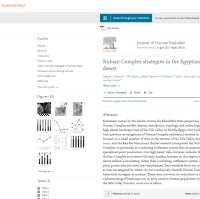
Nubian complex strategies in the Egyptian high desert - D. Olszewski et al.
مجمع الاستراتيجيات النوبية في أعالي الصحراء المصرية

Nubian complex tools in the Arabian Peninsula - Y. Hilbert et al.
الأدوات المعقدة النوبية في شبه الجزيرة العربية
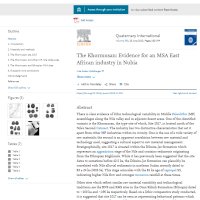
The Khormusan: evidence for a Middle Stone Age East African industry in Nubia - Mae Goder-Goldberger
خورموسان: دليل على صناعة شرق إفريقيا في العصر الحجري الأوسط في النوبة

The Khormusan: an upper pleistocene industry in Sudanese Nubia - by Marks, Anthony E.
الخرمزان: صناعة العصر البليستوسيني العلوي في النوبة السودانية
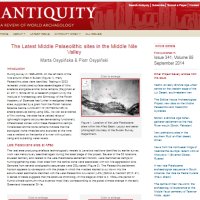
أحدث مواقع العصر الحجري القديم الأوسط في وادي النيل الأوسط
The latest Middle Palaeolithic sites in the Middle Nile Valley - M. Osypińska & P. Osypiński

Discovery of 70'000 year old African settlement challenes previous theories
يتحدى اكتشاف مستوطنات أفريقية عمرها 70 ألف عام النظريات السابقة
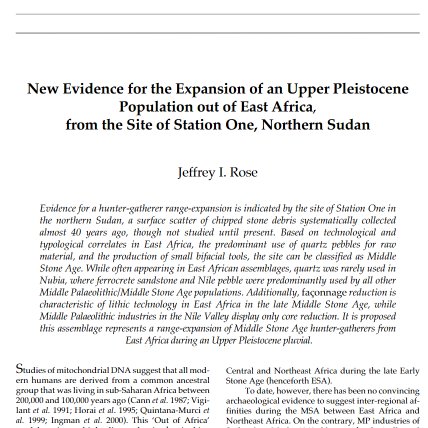
New Evindence for the expansion of an Upper Pleistocene population out of East Africa - Jeffrey I. Rose
إثبات جديد لتوسع سكان العصر الجليدي العلوي خارج شرق إفريقيا
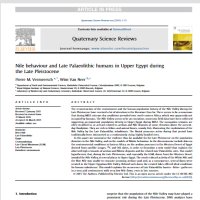
Nile behavior and late paleolithic humans in Upper Egypt during the late pleistocene - Pierre M. Varmeersch
سلوك النيل والإنسان المتأخر من العصر الحجري القديم في صعيد مصر خلال أواخر العصر الجليدي

Nubia Forum chronology of Ancient Nubia
منتدى النوبة التسلسل الزمني للنوبة القديمة
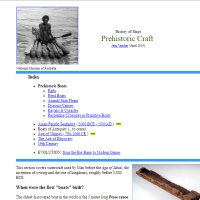
Prehistoric crafts - History of ships - by Jean Vaucher
الحرف ما قبل التاريخ - تاريخ السفن